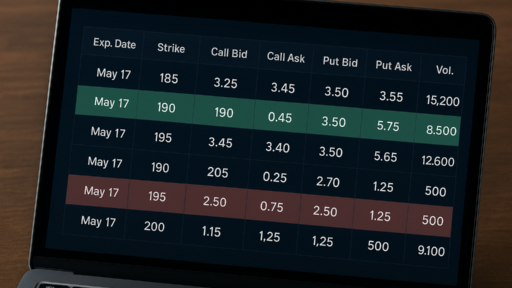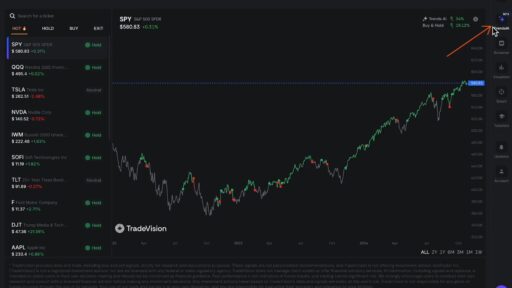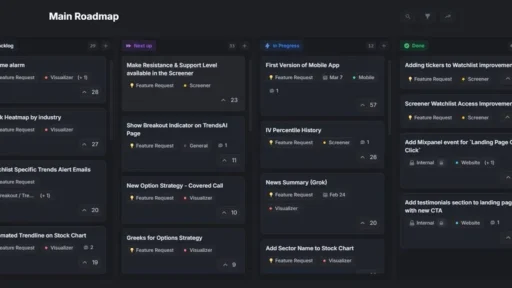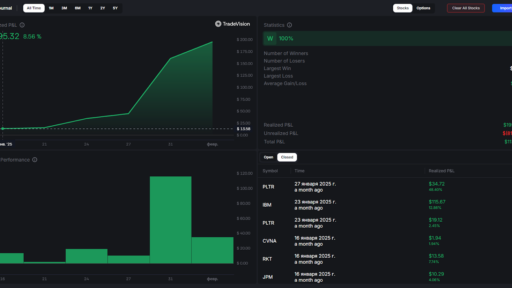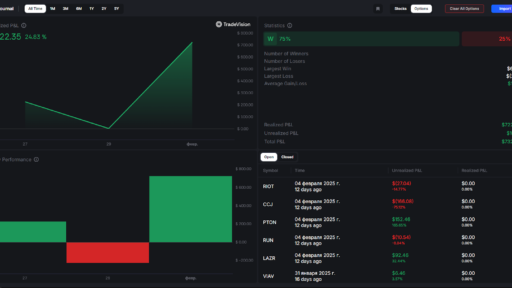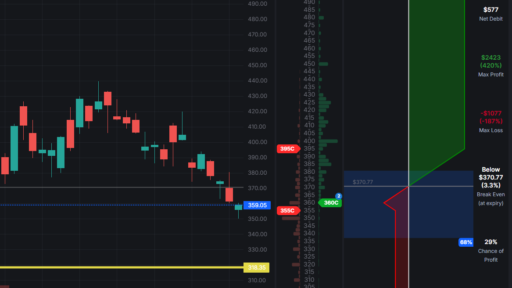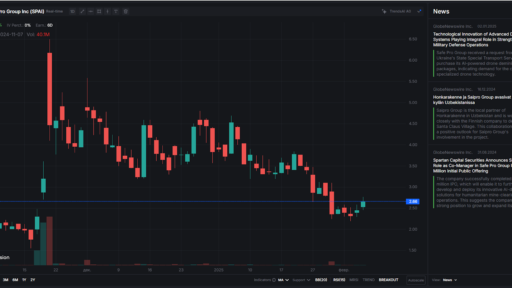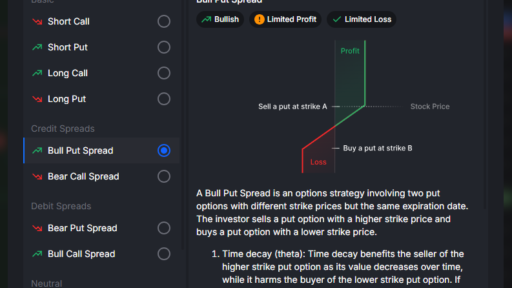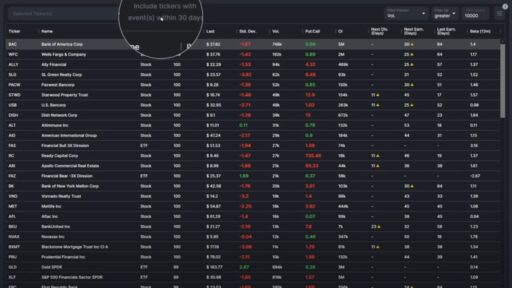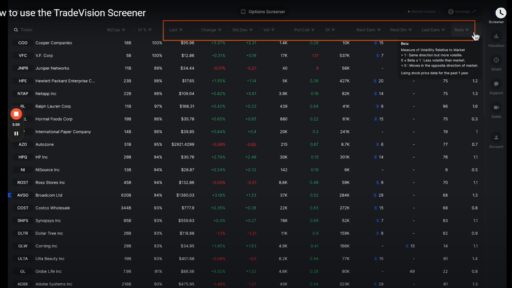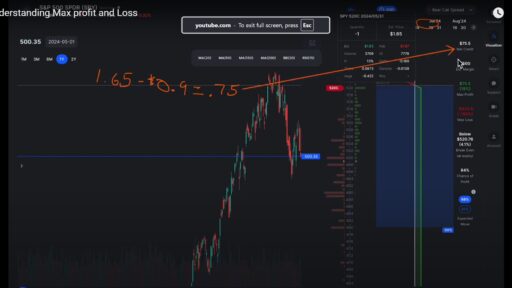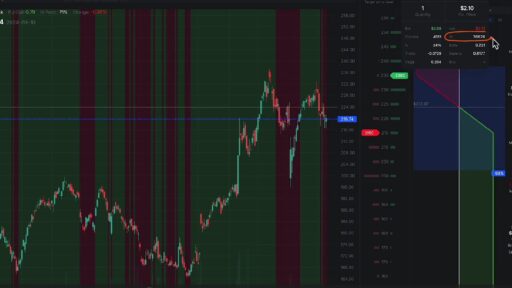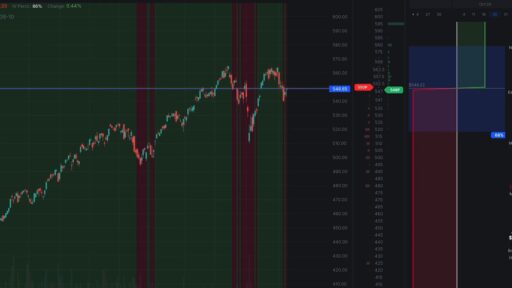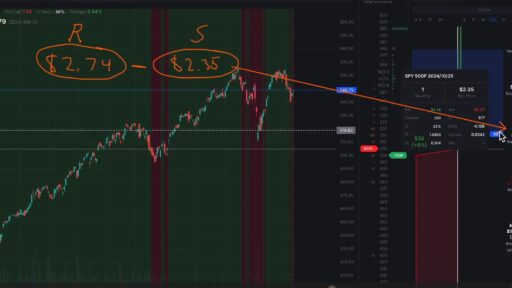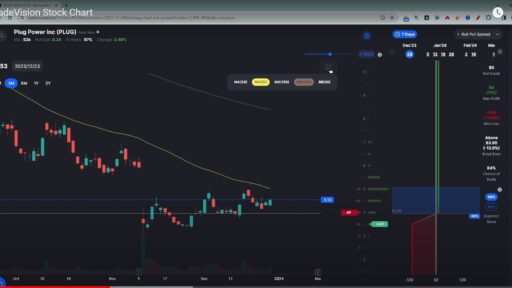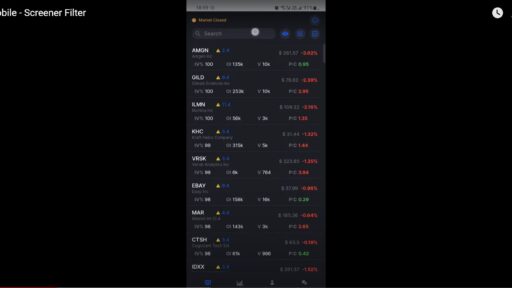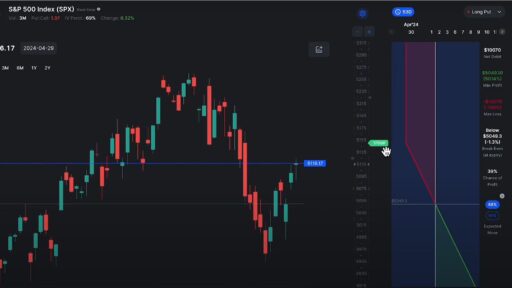In today’s dynamic financial landscape, investors are constantly seeking tools that can give them a competitive edge. One such tool that is gaining widespread attention is the Stock Options Calculator. This calculator is not just a nice-to-have—it’s a vital component for making informed, data-driven decisions when dealing with equity compensation and investment strategies.
Whether you are a seasoned investor, a startup employee receiving equity, or someone exploring the potential of stock options, understanding how to evaluate them properly can significantly influence your financial outcome. Here’s why every investor should consider using a stock options calculator.
What Is a Stock Options Calculator?
A Stock Options Calculator is a financial tool designed to help investors, employees, and financial planners evaluate the value of stock options over time. It factors in multiple variables such as:
- Grant price (strike price)
- Current stock price
- Vesting schedule
- Option type (ISO, NSO, RSU)
- Tax implications
- Expected growth rate
Using this calculator, you can simulate different future scenarios to see how your options might perform, identify the optimal time to exercise, and understand potential tax obligations. This level of clarity is invaluable in both short-term decisions and long-term financial planning.
Benefits of Using a Stock Options Calculator
1. Improved Financial Forecasting
Investors can estimate future worth using a stock options calculator based on past returns and predicted expansion. This lets more intelligent budgeting and portfolio management.
2. Enhanced Decision-Making
Many times, equity compensation has many restrictions. Knowing when to work, maintain, or dispose of stock options is vital. Especially if several awards are given, a trusted stock options calculator provides clarity.
3. Accurate Tax Planning
Stock options could cause major tax consequences. Using a calculator that takes into account normal income, capital gains, and AMT responsibilities give a better idea of the financial impacts.
4. Risk Management
By let people to try various market conditions, a stock options calculator lets them better control investment risk by knowing possible losses or profits.
Key Features to Look for in a Stock Options Calculator
Selection of the correct instrument is everything. Though there are many online, not every stock options calculator is likewise made; some are notable for their advanced level of user experience.
1. Comprehensive Input Fields
Search for calculators that let for a broad spectrum of inputs including growth forecasts, option kinds, tax brackets, and vesting schedules. This ensures the most realistic simulation.
2. Real-Time Market Integration
Realtime market data integration is one of the most important features of good calculators. Users can therefore see at once how market changes influence the worth of their choices.
3. Scenario Planning
Some tools enable people to run several different future scenarios. This is especially valuable in unstable markets or when preparing for liquidity events like an IPO.
4. Intuitive Interface
Even the most powerful calculator is only helpful whether its simple to use. A tidy, flexible front promotes constant usage and sound judgement.
It’s worth noting that certain platforms, like TradeVision, have gained popularity for seamlessly combining all these features. With a reputation for offering user-friendly interfaces, real-time updates, and advanced scenario modeling, TradeVision has quietly become a favorite among experienced investors.
How a Stock Options Calculator Enhances Investment Strategy
More than knowing your choices, a stock options calculator helps you to perfect your total investment strategy. This is how.
Strategic Timing of Exercises
Using stock options at the wrong time could result in unneeded tax liabilities. By simulating several exercise dates and market circumstances, investors may find out the most economically beneficial moment to act.
Portfolio Diversification Planning
Investors can use a calculator to measure their net worth connected to stock of a certain company. Knowing when to spread or redistribute resources is absolutely pivotal.
Evaluating New Offers
Calculators can enable those getting several employment offers including stock options to evaluate the actual value of each one—not just the starting wage. This aids in the selecting of the most appropriate incentive program.
Preparing for Exit Events
Knowing how these events influence your stock options is absolutely essential whether it is an IPO or a merger. Calculators factoring in these cases give actual expectations.
Real-Life Example: Why Investors Swear by Calculators
Consider an early-stage employee at a tech startup who receives 10,000 stock options at a strike price of $1. The company is now preparing to IPO, and the stock is expected to open at $50. Without a calculator, it’s difficult to project post-IPO tax liabilities or decide whether to exercise before or after the event.
By inputting these variables into a stock options calculator, the employee can see:
- The value of the options post-IPO
- Estimated AMT if exercised before IPO
- Potential capital gains if sold after holding for a year
- Tax implications of early vs. late exercise
This clarity can translate to tens or even hundreds of thousands of dollars in savings or gains.

How to Choose the Best Stock Options Calculator
With so many tools available online, making the right choice can be overwhelming. Look for the following attributes:
- Accuracy: Ensure the calculator uses up-to-date tax rates and market data.
- Security: You’ll be inputting sensitive financial information. The tool should be secure and trustworthy.
- Customizability: Not all options packages are the same. Choose a calculator that adapts to your specific situation.
- Support & Resources: A strong tool often comes with robust support documentation, tutorials, and real-world examples.
Some platforms, including well-designed options like TradeVision, provide an all-in-one solution with these qualities—giving users both depth and ease of use. These have naturally earned the trust of savvy investors.
FAQs About Stock Options Calculators
What is the difference between ISO and NSO in a stock options calculator?
ISO (Incentive Stock Options) and NSO (Non-Qualified Stock Options) differ in tax treatment. A good stock options calculator will factor this in and show different outcomes based on the type of option you hold.
Can I use a stock options calculator for RSUs?
Yes, many calculators also include functionality for Restricted Stock Units (RSUs), helping you understand vesting, tax implications, and eventual value.
Is a stock options calculator suitable for startup employees?
Absolutely. In fact, startup employees benefit greatly from these tools as they often receive equity as a significant part of their compensation.
Are online stock options calculators accurate?
While they can be accurate, it’s important to use one that is regularly updated and based on credible financial models. Always double-check with a financial advisor for high-stakes decisions.
Can a calculator predict future stock prices?
Not exactly. While it can simulate future scenarios based on assumptions, it cannot predict actual market movements. Use it as a planning tool, not a crystal ball.
Final Thoughts
In a world where equity compensation is becoming increasingly common, a Stock Options Calculator is no longer optional—it’s essential. From maximizing gains to minimizing tax impact and comparing compensation packages, this tool is a must-have in every investor’s toolkit. While many calculators are available online, a few—like TradeVision—stand out for their comprehensive features, intuitive design, and real-time data. Choosing the right one can make a world of difference in your financial strategy—especially when it comes to unlocking the true potential of your stock options.










